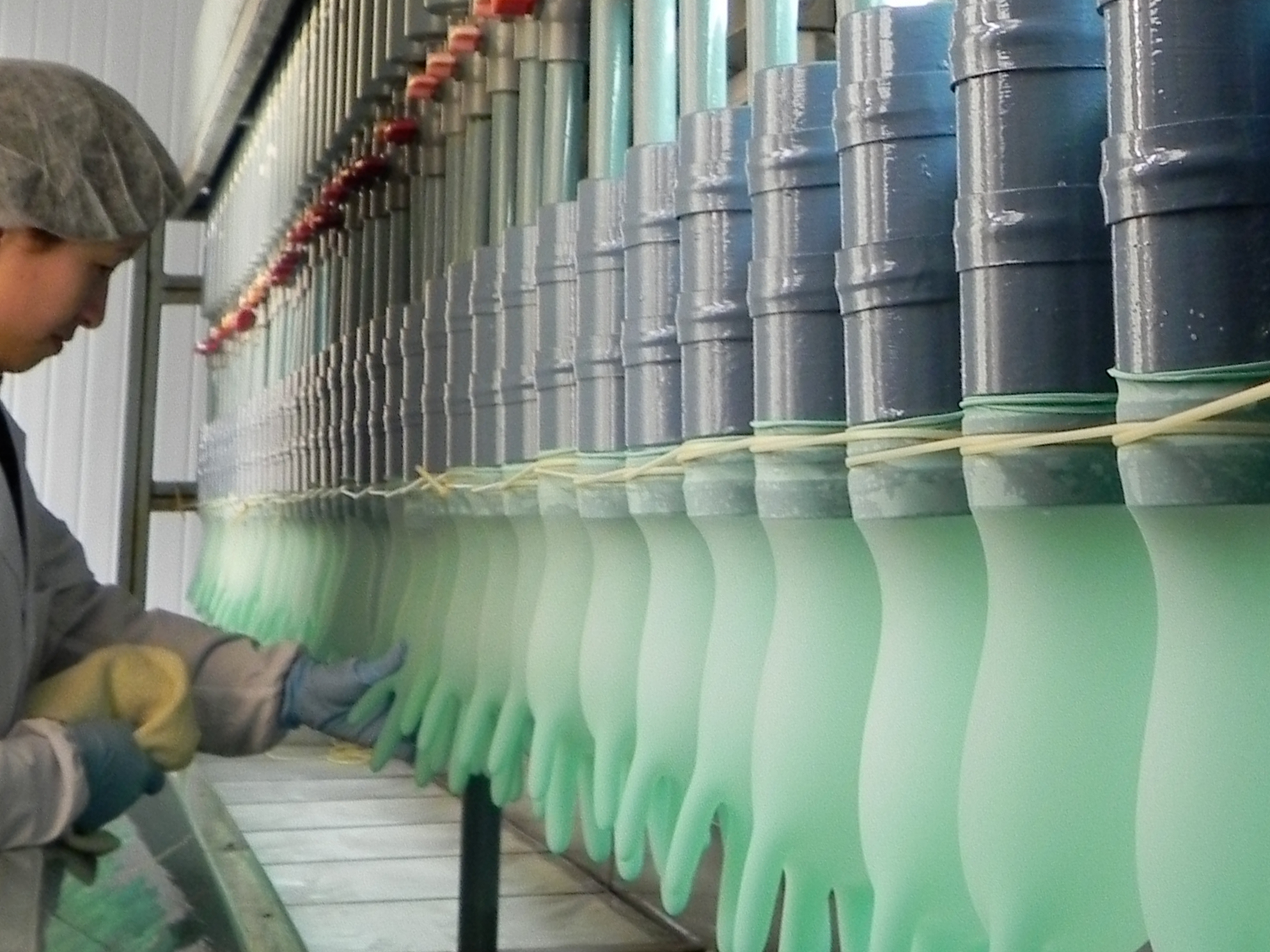Glove Intelligent Assistant
05.23.2023

Last week’s blog article discussed the role of the Food and Drug Administration (FDA) in regulating marketing certifications of gloves in the American (US) market. This week we will explore more specific quality specifications of medical or exam grade gloves. How do we ensure the quality of a medical or exam grade glove? What are the measurements and standards that are used when manufacturing medical or exam grade gloves? This blog article will answer these questions, which many consumers are likely curious about.
Before we can talk about glove specifications, we have to introduce the third body testing organizations that both stipulate and verify the results of such standards. The American (US) market uses standards set by the American Society for Testing and Materials International (ASTM International). There is also the International Organization for Standardization (ISO) which works to codify standards with ASTM International. The Canadian market follows ISO and ASTM standards. However, the European market is influenced by the Europäische Norm (German for European Norm) and their standards are set by three organizations: The European Committee for Standardization (CEN), European Committee for Electrotechnical Standardization (CENELEC), and European Telecommunications Standards Institute (ETSI).

In the glove industry, standards are reinforced by each country’s government organization. For the American market, this would be the FDA. The Canadian market is governed by Health Canada, and they require a license to sell medical devices. The Canadian Medical Device Establishment Licence (MDEL) requires all products to meet ASTM or ISO testing standards for the specific materials involved in their production. For the European Union, products must acquire Conformité Européenne (French for European Conformity)or CE certification before being sold in any country a part of the EU. CE certification is similar to the FDA’s 501(k) premarket certification that was discussed in last week’s blog article.
To pass each market’s certification process, medical or exam grade gloves must meet each organization’s testing standards. The FDA recognizes ASTM D5151, D6124, D412, D3767, and F1671 as general standards for medical or exam grade gloves. However, there are different specifications for different glove materials. The FDA specifies ASTM D6319 for Nitrile gloves, ASTM D5250 for Poly Vinyl gloves, and ASTM D3578 for latex gloves. Health Canada follows the same standards as the FDA but stipulates that ISO standards are also acceptable as proof for measuring glove quality. This would be ISO 11193-1 and 21171:2006 for general testing standards of medical gloves. For specific glove material, Health Canada requires latex gloves to comply with ISO 11193-1:2008 type 1, nitrile gloves to comply with ISO 11193-1:2008 type 2, and poly vinyl gloves to comply with ISO 11193-2:2006. The European market requires medical or exam grade gloves to follow the general testing standards of EN 455-1, 455-2, and 455-3.

The previously listed standards above will be explained in further detail below. The ASTM D5151 standard tests for any holes that water or air can leak through, which may compromise the performance of the glove. The results are measured in Acceptable Quality Level (AQL) which measures the percentage of failure in each batch of gloves that undergo the test. The Canadian market recognizes the same testing standard but with ISO 11193-1 and EN 455-1 is the equivalent standard for the EU market. ASTM D6124, ISO 21171:2006, and EN 455-3 test for residual powder found on medical gloves. These standards were codified because many major health organizations have determined residual powder on gloves can lead to allergic reactions or further critical health complications among patients. ASTM D412, ISO 11193-1, and EN 455-2 measure the physical properties or the tensile strength of medical or exam grade gloves. ASTM D3767, ISO 11193-1, and EN 455-2 are standards that check for consistent measurements of thickness, length, and palm width between each glove. ASTM F1671, ISO 374-5, and EN 455-3 test for adequate protection against mico-organisms or pathogens. There are also additional voluntary standards that different brands or products may choose to test against. An example would be SW gloves specifically testing against fentanyl and simulated gastric acid under ASTM D6978-05.
As many of these testing standards stipulate similar testing procedures, just with different labels or serial codes, they can be used interchangeably depending on the context. The FDA, Health Canada, and EN may allow for manufacturers to submit them interchangeably when applying for certifications. Nevertheless, consumers should be careful when evaluating which brands, they are purchasing from and the products they are buying. The highest quality medical or exam grade gloves will always list the results of each testing standard their products have gone through. SW products have always gone through rigorous quality control testing. Our test results are listed under documents on each product’s webpage.